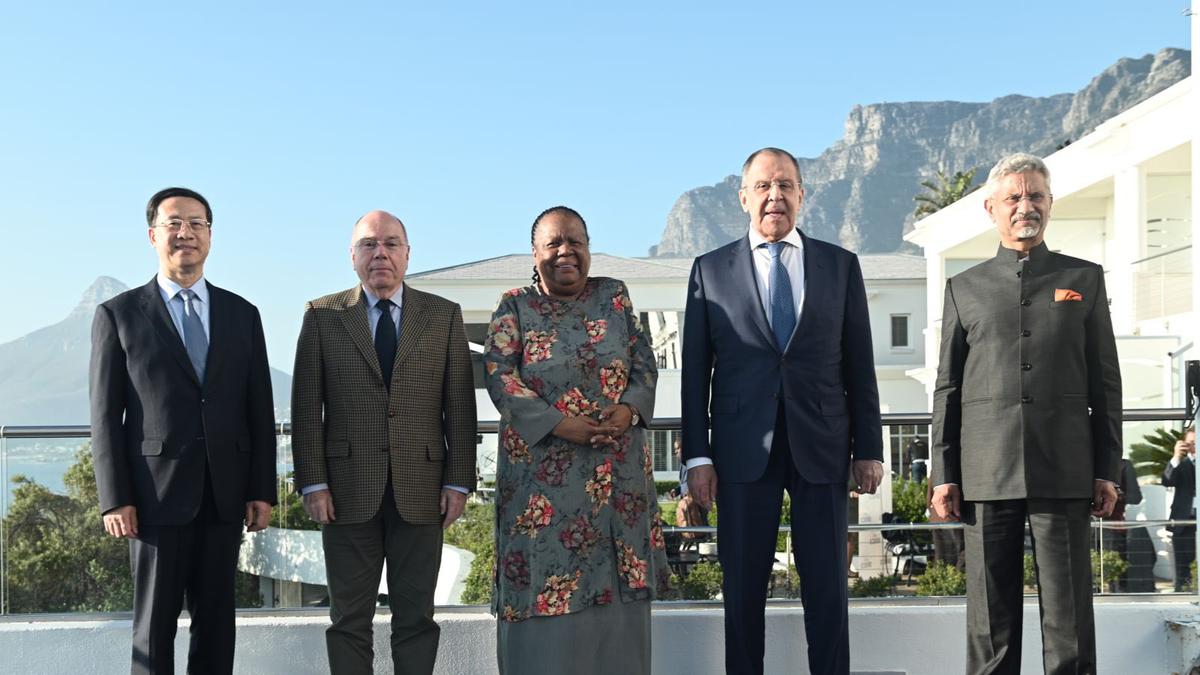
BRICS pitches for using local currencies in international trade
The Hindu
The BRICS nations on June 2 underlined the need for using local currencies in international trade and financial transactions besides committing themselves to supporting rule-based open and transparent global trade.
The BRICS nations on June 2 underlined the need for using local currencies in international trade and financial transactions besides committing themselves to supporting rule-based open and transparent global trade.
A joint statement issued at the end of the meeting of the BRICS Ministers of Foreign Affairs and International Relations, also pressed for a robust Global Financial Safety Net with a quota-based and adequately resourced International Monetary Fund (IMF) at its centre.
It further said the process of IMF governance reform under the 16th General Review of Quotas, including a new quota formula as a guide, should be completed by December 15, 2023.
The joint statement titled 'The Cape of Good Hope', said Ministers expressed their support for a free, open, transparent, inclusive, equitable, non-discriminatory and rules-based multilateral trading system with the World Trade Organization (WTO) at its core, with special and differential treatment (S&DT) for developing countries, including Least Developed Countries.
"They stressed their support to work towards positive and meaningful outcomes on the issues at the 13th Ministerial Conference (MC13). They committed to engage constructively to pursue the necessary WTO reform with a view to presenting concrete deliverables to MC13. They called for the restoration of a fully and well-functioning dispute settlement system accessible to all members by 2024, and the selection of new Appellate Body Members without further delay," it said.
They condemned unilateral protectionist measures under the pretext of environmental concerns such as unilateral and discriminatory carbon border adjustment mechanisms, taxes and other measures, it said.
The BRICS (Brazil-Russia-India-China-South Africa) brings together five of the largest developing countries of the world, representing 41 per cent of the global population, 24% of the global GDP and 16% of the global trade.





















 Run 3 Space | Play Space Running Game
Run 3 Space | Play Space Running Game Traffic Jam 3D | Online Racing Game
Traffic Jam 3D | Online Racing Game Duck Hunt | Play Old Classic Game
Duck Hunt | Play Old Classic Game











